GENERAL DATA
Plant parts: Manna
Cultivation mode: Wild collection
In manufacturing: Pharmaceutical
🌰 Industries That Use Oak Manna (Quercus mannifera Lindl.)
Oak Manna is a natural exudate (sweet gum-like substance) secreted by the Quercus mannifera tree, a species native to parts of Iran, Iraq, and Turkey. The manna appears on leaves and branches due to insect activity (often Coccus species) or natural fissures. Known for its mild laxative, demulcent, and nutritive properties, Oak Manna is used traditionally and commercially across several industries, especially in West Asian herbal medicine.
1. Pharmaceutical & Traditional Medicine Industry
Oak manna is widely recognized for its mild purgative and soothing gastrointestinal effects, particularly valued in Persian traditional medicine.
Applications:
-
Used as a mild laxative in children and the elderly
-
Supports bowel regularity without irritation
-
Treats dry coughs, fever, and throat inflammation
-
Often included in compound syrups or lozenges
✅ Often mixed with Violet flowers (Viola odorata), Licorice, or Quince seed decoctions
2. Herbal & Nutraceutical Industry
Used as a natural source of sugars and mucilage, Oak Manna is included in digestive support products and respiratory formulations.
Applications:
-
Syrups for cough, hoarseness, and respiratory soothing
-
Included in glycerites or herbal elixirs as a base
-
Acts as a prebiotic demulcent in gut-health supplements
✅ Sometimes used alongside Mallow, Marshmallow root, or Hyssop
3. Food & Confectionery Industry (Traditional)
Though not widely used in modern food manufacturing, Oak Manna is traditionally used as a natural sweetener and base for tonics.
Applications:
-
Dissolved into traditional herbal drinks (Sharbat)
-
Used in traditional confections or pastes in Iranian folk recipes
-
May be powdered and added to nutritive bars or baby foods
✅ Low glycemic impact compared to refined sugar
4. Cosmetic & Skincare Industry (Ethnobotanical)
Owing to its soothing and emollient nature, Oak Manna is used in handcrafted skin products.
Applications:
-
Included in herbal salves for dry or irritated skin
-
Sometimes added to cleansing pastes or masks
-
Supports hydration and skin comfort
✅ Traditional uses focus on eczema, redness, or infant care
5. Export & Ethnic Markets
Oak Manna is often harvested in Iran and Iraq, then exported for use in ethnic medicine shops, apothecaries, and diaspora wellness communities.
Available Forms:
-
Natural flakes or powdered manna
-
Bulk sacks for wholesalers and traditional pharmacies
-
Included in medicated lozenges and syrup formulations
✅ Sold as a gentle natural remedy for respiratory and digestive balance
✅ Summary of Key Applications
| Industry | Common Uses |
|---|---|
| Pharmaceutical & Traditional | Mild laxative, cough remedy, digestive soother |
| Herbal & Nutraceutical | Prebiotic blends, demulcent syrups, immune-support formulas |
| Food & Confectionery | Sweet herbal drinks, traditional sweets, nutritive tonics |
| Cosmetic & Skincare | Hydrating salves, baby care ointments, artisan masks |
| Export & Ethnic Markets | Bulk dried manna, natural sweeteners, herbal pharmacies |
🔬 Key Features of Oak Manna
-
Botanical Name: Quercus mannifera Lindl.
-
Local Name: Gaz Alafi / Oak Manna
-
Form: White to yellowish flakes or gum droplets
-
Taste: Mildly sweet, earthy
-
Main Compounds: Mannitol, mucilage, trace minerals
-
Harvesting Method: Collected from leaf and bark exudates (often insect-stimulated)
-
Solubility: Water-soluble; forms viscous decoctions
-
Safety Profile: Generally safe and gentle, ideal for children and elders
🟫 Comparison Table: Natural Mannas of Iran
| Feature | Oak Manna(Quercus mannifera) | Gazangabin(Astragalus brachycalyx) | Shir Khesht(Alhagi maurorum) | Taranjabin(Hedysarum spp.) |
|---|---|---|---|---|
| Common Name | Oak Manna / Anbar Nishast | Persian Manna / Gaz of Khunsar | Purgative Manna | Taranjabin (Milk of Hedysarum) |
| Botanical Source | Quercus mannifera | Astragalus brachycalyx | Alhagi maurorum | Hedysarum alhagi or relatives |
| Exudate Type | Leaf/bark sap (insect-assisted) | Stem exudate (insect-induced) | Stem sap (natural or insect-induced) | Natural plant exudate via insect action |
| Appearance | White to yellowish flakes | Light beige, brittle resinous clumps | White to off-white, flaky or powdery | Pale, granular, and soft sweet resin |
| Taste Profile | Mildly sweet, earthy | Sweet, mild floral | Bitter-sweet, slightly sharp | Sweet, cooling, gentle flavor |
| Main Compounds | Mannitol, mucilage | Polysaccharides, oligosaccharides, tannins | Mannitol, flavonoids, laxative resins | Mannitol, sugars, mucilage |
| Medicinal Use | Mild laxative, demulcent | Soothing tonic, gentle laxative | Purgative, mild antipyretic | Respiratory soother, mild laxative |
| Traditional Use In Iran | For dry cough, constipation in elders/children | Used in traditional sweets (Gaz), cooling tonics | Used in fever, constipation | Given to infants for dry cough and fever |
| Culinary Use | In herbal syrups & confections | Yes – used in Gaz sweets | Rare | Traditional syrups |
| Safety Profile | Gentle and safe | Safe in moderate quantities | Mildly strong – avoid excess in children | Gentle and safe for infants and elders |
| Texture in Decoction | Mucilaginous, viscous | Slightly mucilaginous, dissolves fully | Cloudy, slightly granular | Smooth and slightly thickening |
| Solubility | Water-soluble | Water-soluble | Mostly water-soluble | Water-soluble |
| Main Industries | Pharma, nutraceutical, ethnic herbal | Food, pharma, traditional Persian sweets | Traditional medicine, herbal pharma | Pediatrics, nutraceuticals, herbal teas |
✅ Summary Insights:
-
Oak Manna: Best for respiratory and digestive soothing, safe for all ages, less commonly used in food.
-
Gazangabin (Persian Manna): Highly valued in confectionery (Gaz) and also medicinal for cooling and nourishment.
-
Shir Khesht: Used as a mild purgative, especially in traditional herbal formulations for fevers or constipation.
-
Taranjabin: Gentle and ideal for infants or elders, used traditionally in pediatric fevers and respiratory ailments.
HARVEST CALENDAR
Feb
Mar
Apr
May
Jun
Jul
Aug
Sep
Oct
Nov
Dec
To order Manna Oak, please contact us.
About Oak Manna
Oak Manna is a type of manna that is produced by the activity of insects called Cyamophila Astragalicola and Cyamophila Dicora on the leaves and young branches of some oak species such as Quercus Vallonea and Quercus Mannifera.
The psyllid sucks the sap of the branches and young leaves of the target trees and a series of chemical reactions are carried out in its body on this sap. Then through biting the leaves and young stems of the tree by the insects, the sap comes out of the leaf or stem in liquid form and hardens in the vicinity of the air.
This usually happens in the hot months of the summer. At dawns, villagers shake the branches of the tree and pick the leaves to separate the manna from them. That’s why, this manna is often mixed with chopped leaves and twigs and is sold in the market in a grassy green color. The less mixed with leaves and stems
The best Oak Manna’s color is white, smooth, bright, and has a sweet taste.
Manna Oak Temperament
First degree of hot. Not dry, not moist. Something between them.
Manna Oak Health Benefits
Oak Manna expels sticky moisture from the body, is a weak laxative, brain cleanser, tonic for the respiratory organs, tonic for the digestive organs, and cleans the chest.
It is useful for people with moist temperament and improves cold, chest and voice harshness, shortness of breath, hot cough, and phlegm cough.
Manna Oak Dose
17 to 48 grams.
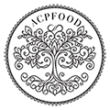
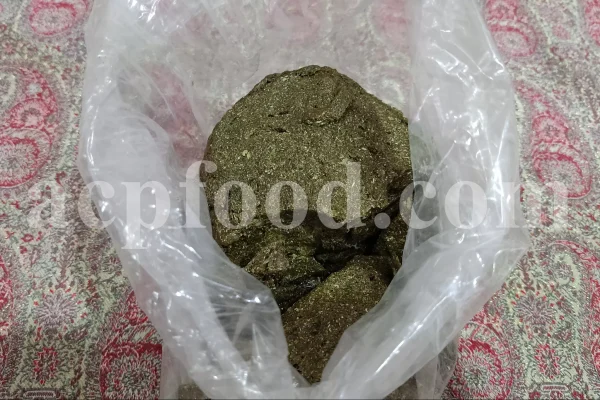
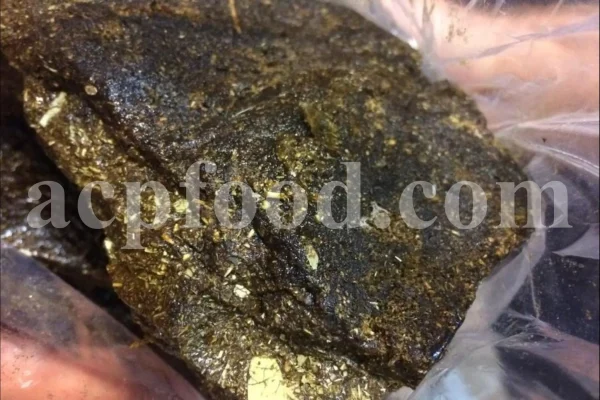

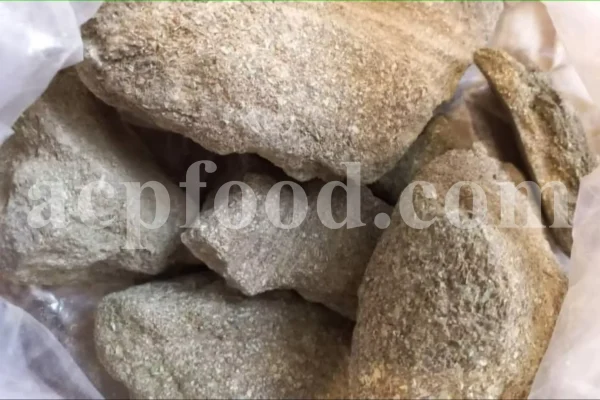
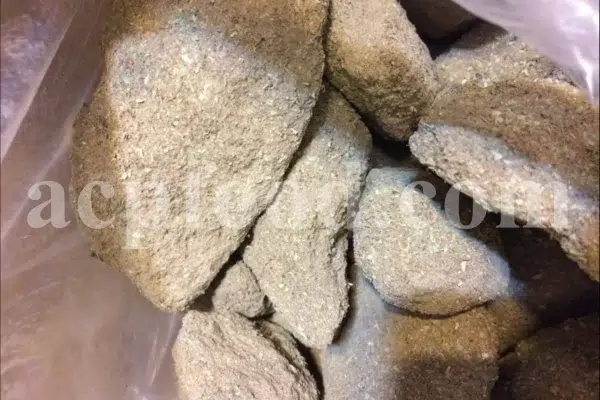
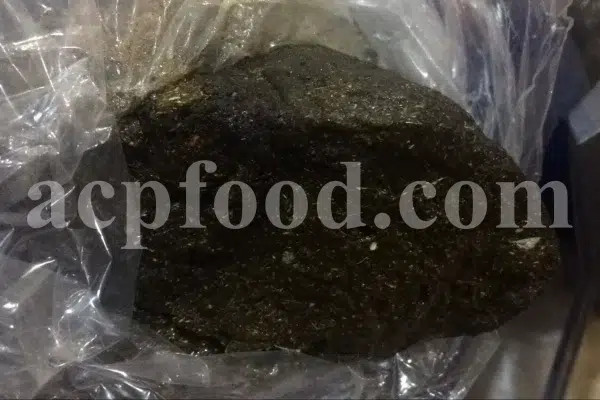
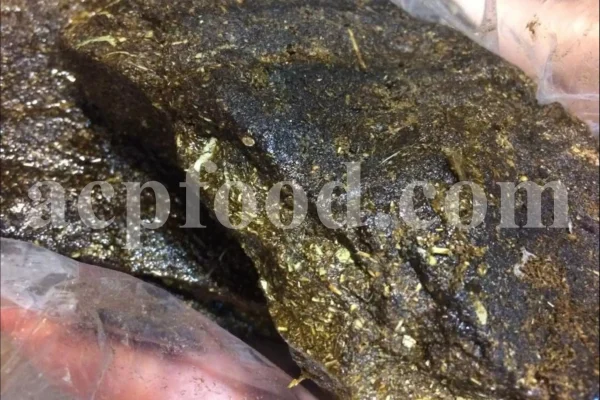

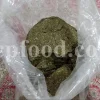
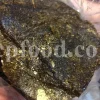
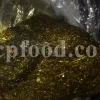
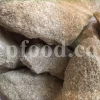
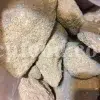

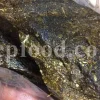

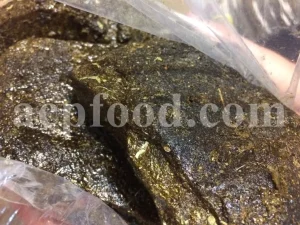
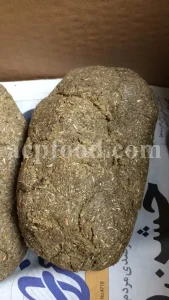
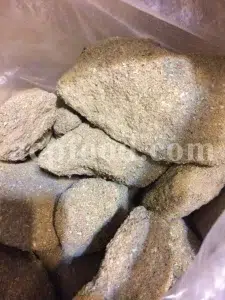
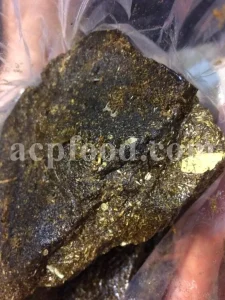
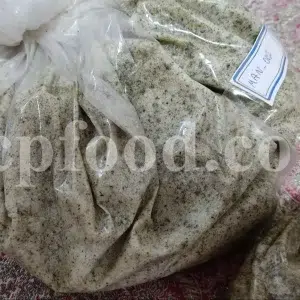
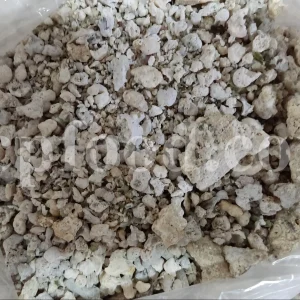
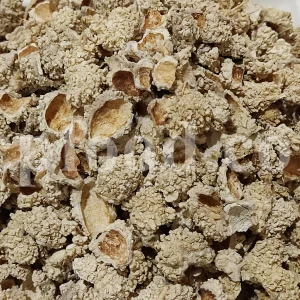
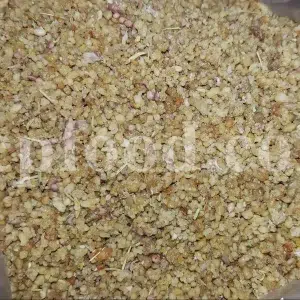
Reviews
There are no reviews yet.